Every runner knows the importance of a good pair of shoes, but what you do before and after your run is just as essential. A proper warm-up before running prepares your muscles, improves performance, and lowers the risk of injury. On the other hand, stretches after a run help your body cool down, boost flexibility, and support recovery.



Unfortunately, many beginners skip these steps, often leading to soreness or even injuries that could have been prevented. In this blog, we’ll break down why warming up and stretching matter, share effective exercises, and suggest a few pieces of gear that can make your routine easier and more enjoyable.
Why Warm-Up Before Running?
According to Runner’s World (2023), warming up gradually increases blood flow and activates the muscles you’ll use during your run. This reduces stiffness and prepares your body for endurance. Skipping a warm-up can result in sluggish starts, muscle strain, or slower recovery afterward.
Benefits of warming up:
- Increases circulation and oxygen flow
- Activates muscles used in running
- Improves running economy and stride efficiency
- Reduces injury risk
Many experienced runners say that they can “feel the difference” when they take warm-ups seriously. Even a quick session can help you run smoother and avoid that heavy-legged feeling in the first kilometres.
Effective Warm-Up Exercises
The best warm-ups are dynamic — they keep your body moving instead of holding still. Here’s a short routine you can try before your next run:
- Leg swings: 10–15 swings forward/backward and side-to-side per leg. Loosens the hips and hamstrings, which are key for running stride.
- High knees: 20–30 seconds. Boosts heart rate and engages the core.
- Butt kicks: 20–30 seconds. Warms up hamstrings and improves leg turnover.
- Walking lunges: 10–12 per side. Stretches quads, activates glutes, and improves balance.
- Skipping drills: 30 seconds. Mimics running movement and preps calves.
Want to know what gear to bring with you during these pre-run routines? Check out our full guide on choosing the best running vest.
How Long Should You Warm Up?
Your warm-up doesn’t need to be long — 5 to 10 minutes is usually enough for easy runs. But for longer races like a half marathon or intense speed sessions, extending your warm-up to 15 minutes can help your body hit the right rhythm faster.
Pro Tip: Start your warm-up slow, then build intensity. Think of it like “waking up” your muscles instead of shocking them awake.

Stretches After Running
Once your run is over, your muscles need time to relax and recover. Static stretches — where you hold a position for 20–30 seconds — are ideal at this stage. According to REI Co-op’s running guides (2024), stretching after your run improves flexibility and reduces stiffness the next day.
Top stretches after running:
- Hamstring stretch: Sit on the ground, extend one leg, and reach for your toes. Helps prevent tightness in the back of the legs.
- Quad stretch: Stand tall, pull your ankle toward your glutes. Keeps your thighs loose.
- Calf stretch: Lean against a wall, pressing one heel into the floor. Reduces risk of calf strains.
- Hip flexor stretch: Kneel on one knee, lean forward gently. Opens up hips and improves posture.
- Glute stretch: Sit cross-legged or do the “figure four” stretch lying down. Essential for strong, stable running form.
Gear That Can Help With Warm-Ups and Recovery
While stretching doesn’t require much equipment, a few simple tools can make your warm-ups and recovery more effective:
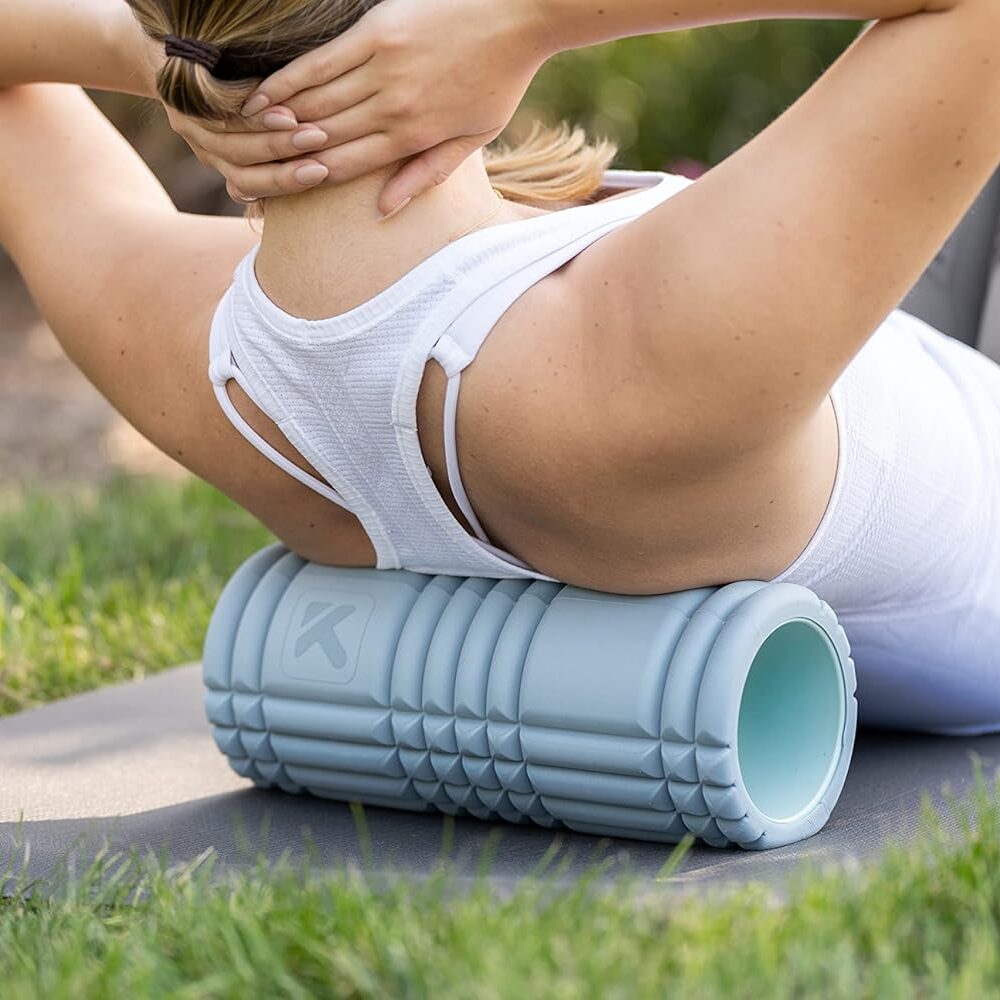
Foam Roller
Great for loosening tight calves, quads, and glutes after a long run
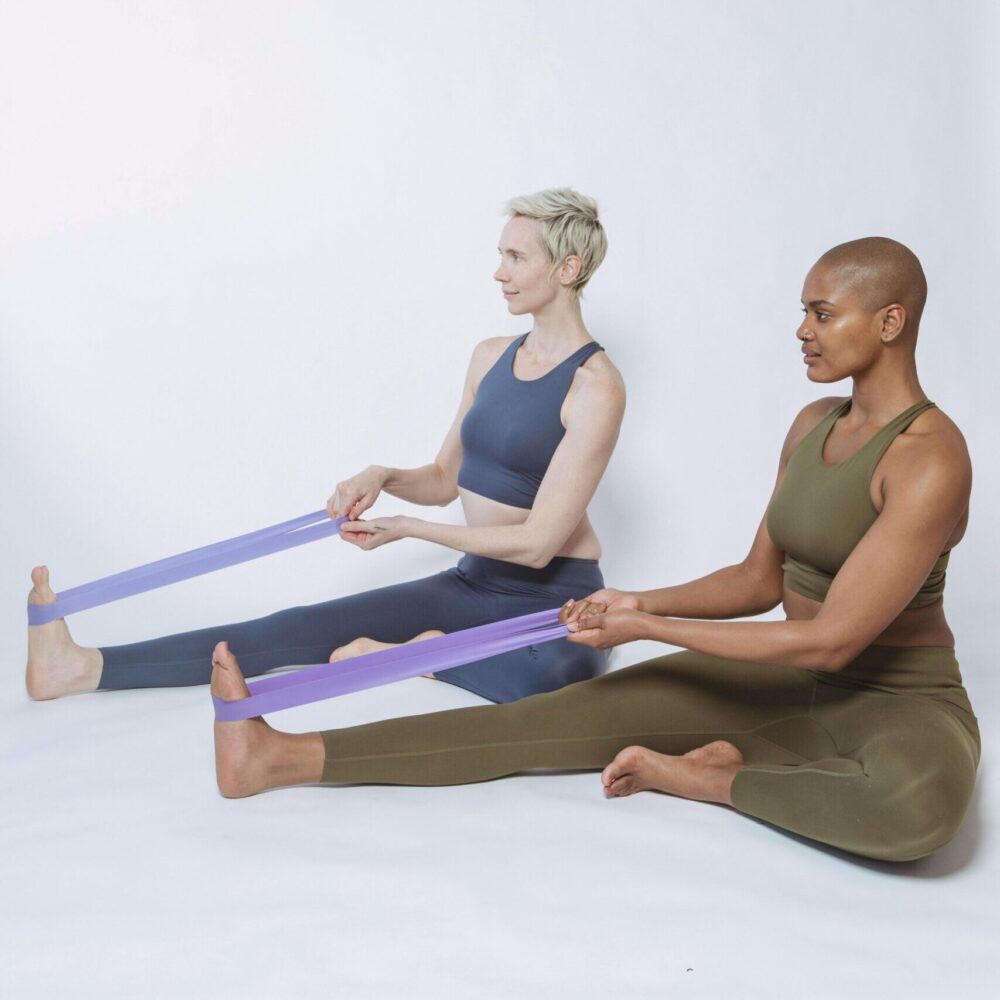
Resistance Bands
Perfect for activating glutes and hips before runs
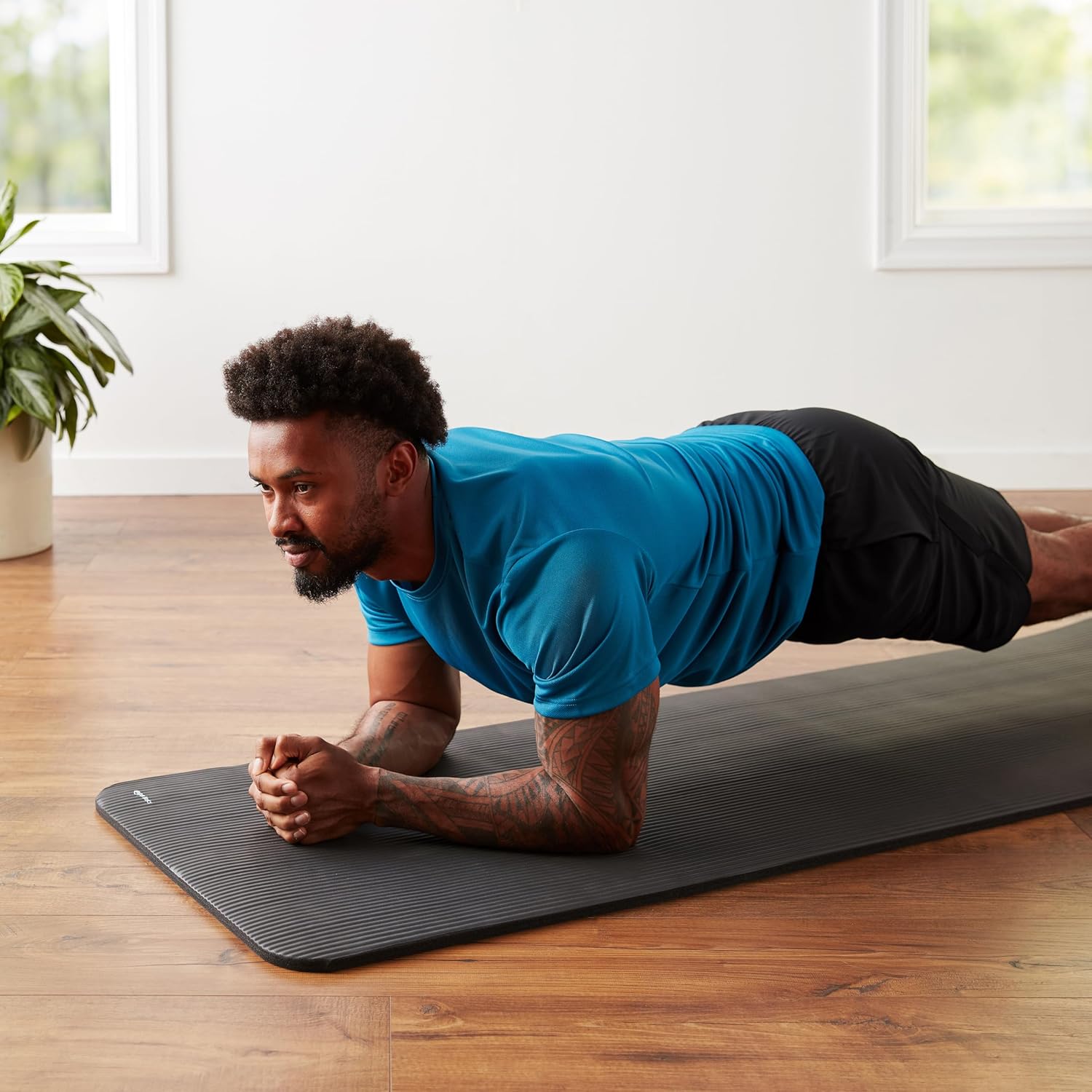
Yoga Mat
Provides comfort for floor-based stretches

Running Shoes
Even for warm-up walks or drills, a supportive pair of inexpensive running shoes reduces strain
For women, running gear designed for women — like sports bras and supportive leggings — can add comfort during dynamic warm-ups, ensuring movement feels natural and unrestricted.
Common Mistakes to Avoid
- Skipping warm-up entirely – one of the most common causes of injuries.
- Doing static stretches before running – these can reduce muscle power before activity. Save them for after.
- Overstretching – forcing movements can cause more harm than good. Stretch to the point of mild tension, never pain.
- Being inconsistent – warming up once won’t help if you skip it the next three times.
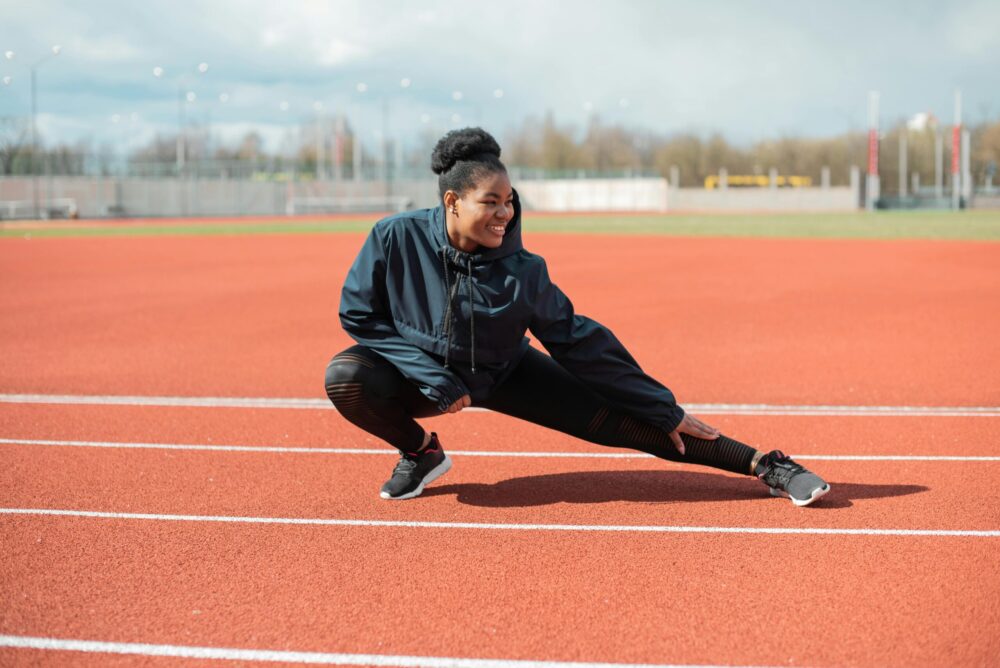
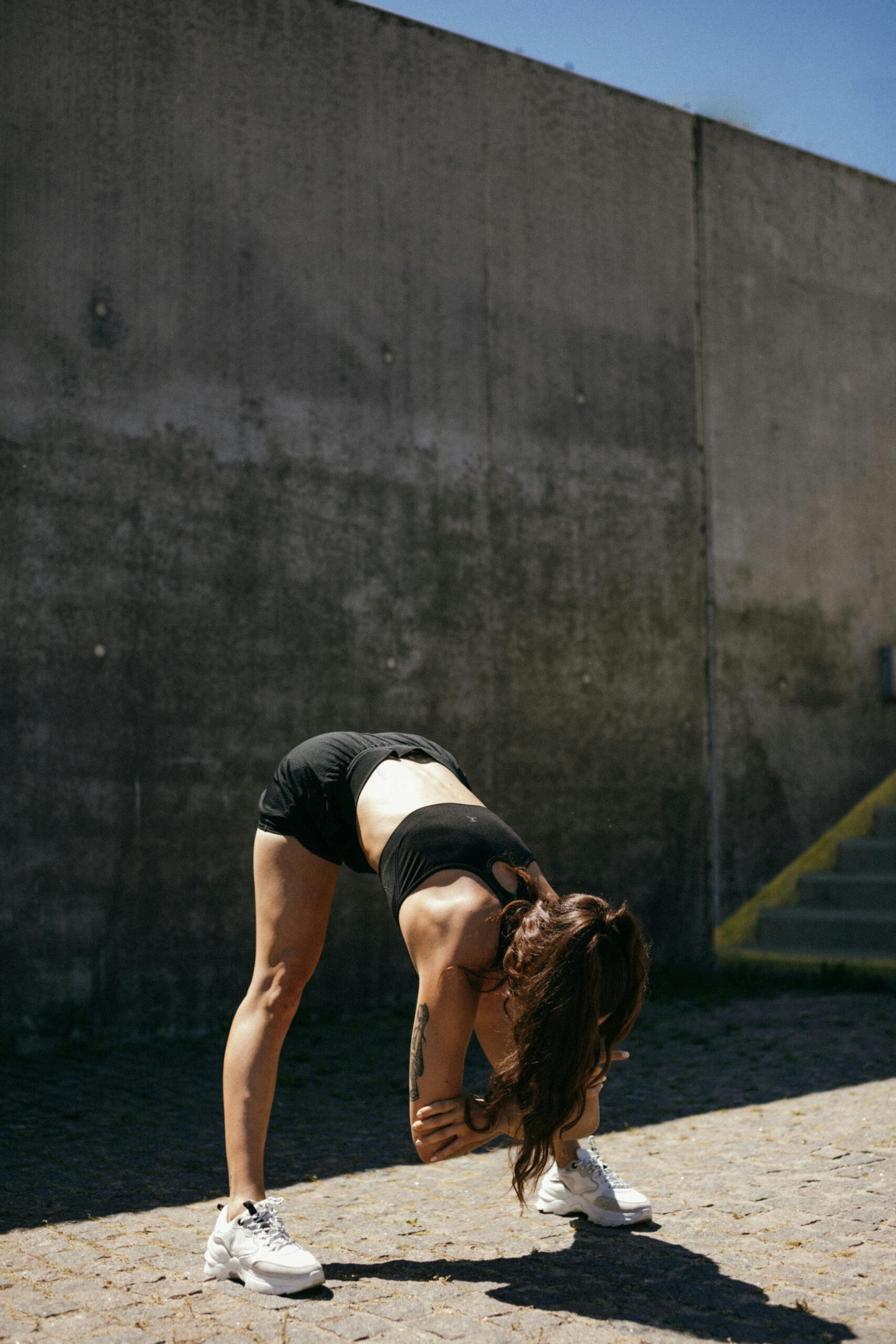
When to Stretch and When to Rest
Stretching is important but so is knowing when not to overdo it. Experts from RunRepeat (2023) note that rest days and active recovery are just as crucial as warm-ups. If your muscles are extremely sore, gentle stretching or foam rolling is fine, but don’t force deep stretches. Balance is key.
Conclusion
Warming up and stretching may not be as exciting as chasing new marathon times or buying the latest running shoes, but they form the foundation of safe and enjoyable running. A proper warm-up before running gets your body ready for action, while stretches after a run aid recovery and help you feel strong the next day.
By adding just 15 minutes of preparation and recovery to your training, you’ll run more efficiently, avoid common injuries, and enjoy your miles even more. Over time, these habits can make as much difference to your running as any shoe upgrade or training plan.

Leave a Reply